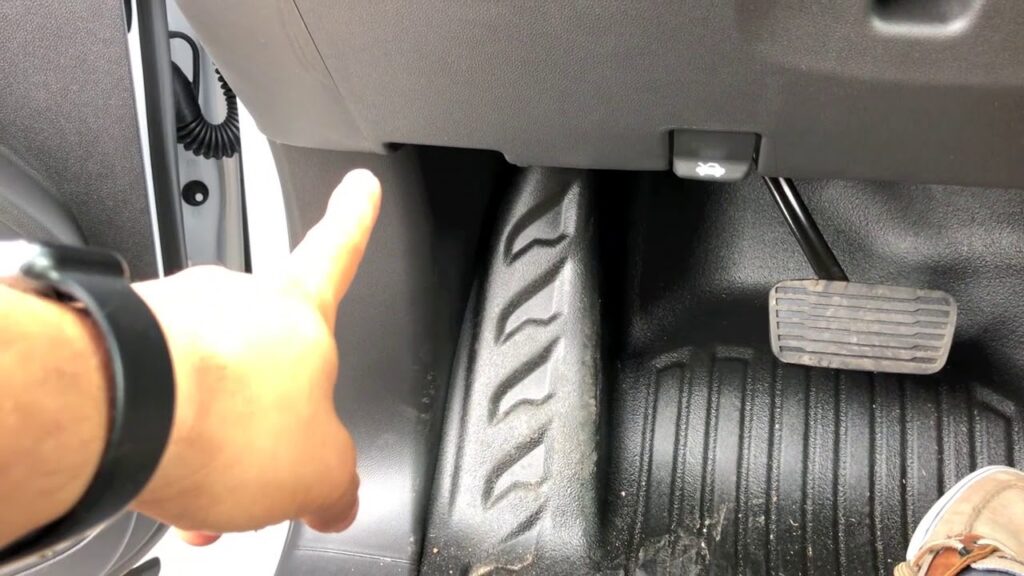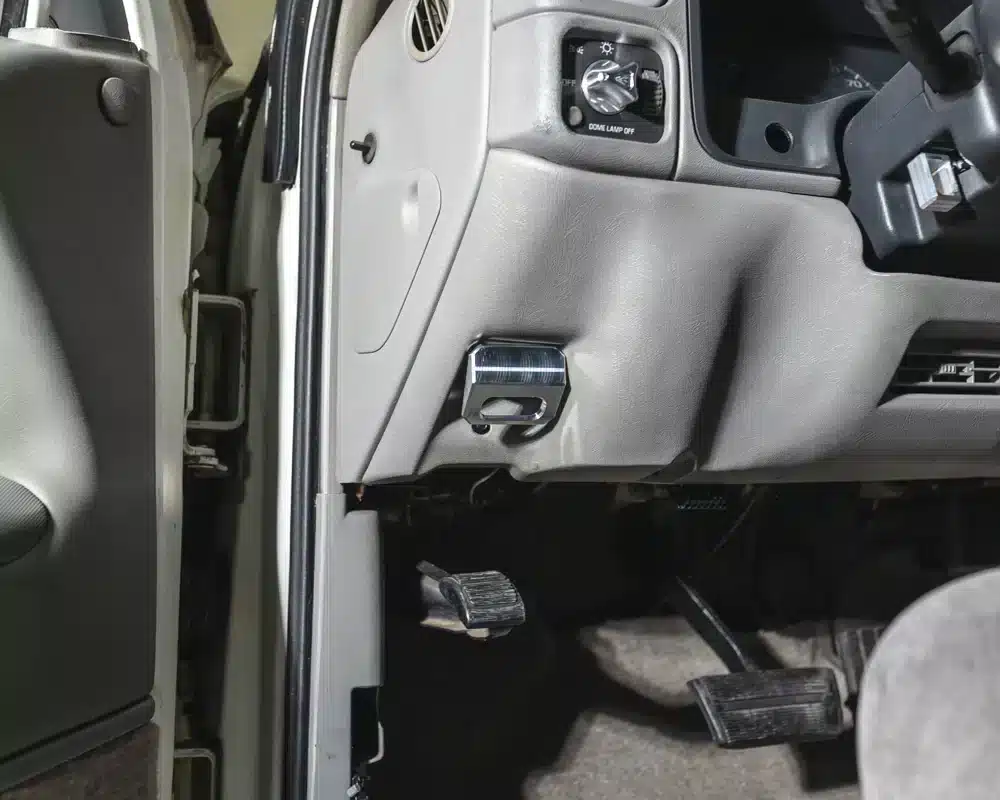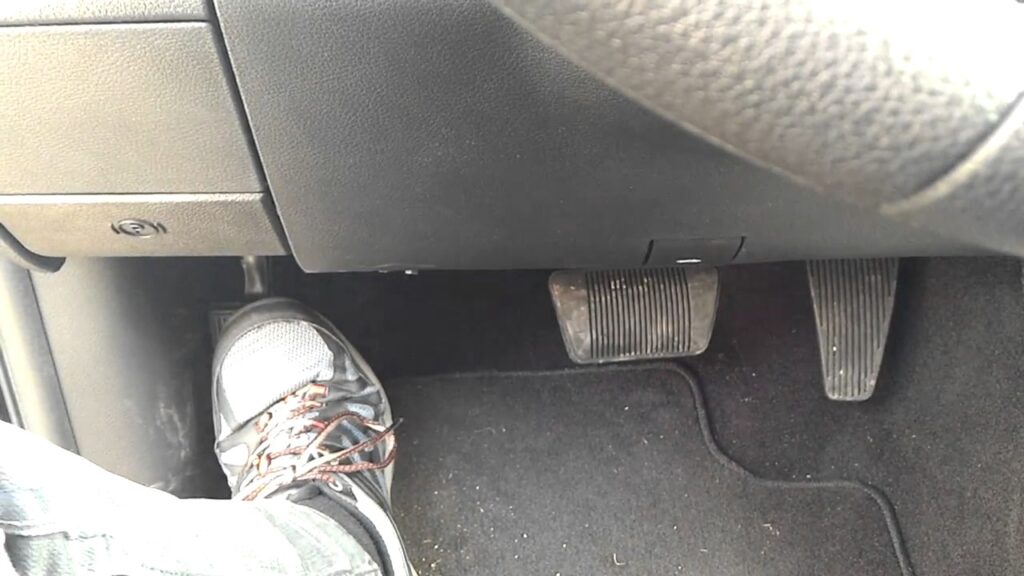Whether you’re an experienced truck owner or just getting started, it’s important to know how to safely and effectively release emergency brake on GMC. The parking brake, also known as the emergency brake, serves a valuable safety purpose. But if you don’t release it correctly, you run the risk of damaging mechanisms under the truck or inadvertently rolling. Let’s take a deeper dive into the steps to disengage the parking brake on your GMC truck.
Locating and Identifying the Parking Brake Lever
The first step is to find the parking brake itself. On most GMC trucks, the parking brake will be centrally located between the two front seats, within easy reach of the driver. It has a long handle that pulls up to engage the brake and pushes down to release emergency brake on GMC. Take a moment to familiarize yourself with the layout and function of your specific truck’s parking brake mechanism before attempting to disengage it. Getting comfortable with where everything is located will make the entire process smoother.

Prepping Your Truck for Parking Brake Release
Before you even touch the parking brake lever, be sure your truck is fully ready to go. First things first, put your truck into either park if it’s an automatic or engage the parking gear if it’s a manual transmission. You’ll also want to start the engine so the full power of the assistant braking system kicks in. And most importantly, keep one foot solidly on the brake pedal throughout the entire parking brake release emergency brake on GMC process for safety. These preparatory steps help ensure you have full control at all times.
Gauge the Lever Resistance Gradually
With your truck in the proper gear and foot on the brake, it’s time to start loosening the parking brake handle. Wrap your hand firmly around the lever and very slowly pull it up an inch or two. You’ll likely feel some resistance as the brake mechanism begins to release. Take note of how stiff or loose it feels. This first resistance check allows you to gauge how gradual you need to be when lowering the lever to fully release emergency brake on GMC. Rushing through and yanking on a frozen or rusty lever can cause damage.
Adopting a Slow and Steady Approach
Keeping resistance in mind, gradually start lowering the parking brake lever while maintaining pressure on the brake pedal with your foot. Go millimeter by millimeter so you can feel any changes in tension. The goal is a slow, smooth movement of the handle to avoid sudden jerks. As you lower further, resistance should lessen, indicating the brake pads are disengaging from the drum route. If at any point movement becomes difficult, simply stop and try inching it down more carefully a moment later. With controlled lowering, you’ll be able to fully release emergency brake on GMC without issue.

Double and Triple Checking Disengagement
When the handle has fully lowered to the down position, resist the urge to stop focusing. Instead, take a moment to double and triple check that you did indeed fully release emergency brake on GMC. Look for the parking brake light on your dashboard to be extinguished. Then, with your foot still squeezing the regular brake pedal, gently lift it up slightly to feel for any rolling – there shouldn’t be any left if disengaged properly. Do these extra checks to ensure you won’t have any unpleasant surprises later on when you need to stop in a hurry. Thorough verification leads to confidence and safety.
Additional Tips for Optimal Release Emergency Brake on GMC
Here are a few extra pro tips to keep in mind next time you need to release emergency brake on GMC:
- Inspect and lubricate the parking brake mechanisms annually or as recommended in your owner’s manual to prevent sticking.
- Consider replacing parking brake shoes every couple years or 30,000 miles for smooth operation.
- If resistance feels excessive, have your truck professionally inspected for any mechanical issues like rust buildup.
- For manual trucks, make doubly sure to engage the parking gear before disengaging the parking brake.
- In cold weather, let the truck run for a few minutes before trying to release a frozen parking brake.
- Test the brakes after driving if you feel any vibration – pad alignment may need adjustment.
Integrating maintenance habits and fully understanding your unique truck’s parking brake setup will result in confident and hassle-free release emergency brake on GMC every time.

Knowing When to Apply the Parking Brake
While this article focused on release, remember that properly engaging the parking brake is equally important. Always set it any time you park, even briefly. This helps prevent accidental vehicle movement and provides an emergency backup braking mechanism. Specific scenarios when parking brake application is non-negotiable include:
- When parked on any incline, even small slopes.
- Before exiting and walking away from your parked truck.
- During longer stops like fueling or rest areas where you’re parked for more than a couple minutes.
- Anytime you perform maintenance or repairs under or around your truck.
- If leaving kids or pets inside the parked vehicle, even in the driveway.
Make consistent use of the parking brake second nature – it could save your truck or even lives some day.
Final Thought
I hope this in-depth guide has helped boost your confidence for properly releasing emergency brake on GMC each and every time. With practice and understanding of your specific truck’s system, it will become second nature. Always remember to take your time, feel for changes in resistance, and thoroughly verify full disengagement before operating. Developing safe and effective parking brake habits allows you to fully enjoy all your GMC has to offer down the road. Let me know if any other truck questions come up!


